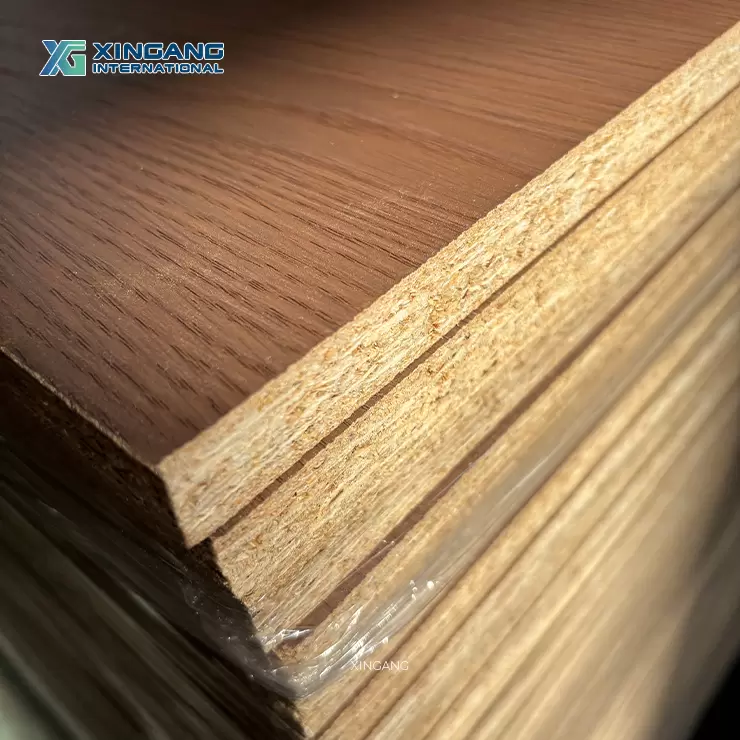In today's world, where environmental concerns are at the forefront, it is crucial to make sustainable choices in every aspect of our lives. One area that often goes unnoticed is the paper industry. With the aim of reducing carbon footprint and preserving our planet, this blog post delves into the question: Which paper is the most environmentally-friendly? We will explore various factors that contribute to the eco-friendliness of paper and provide insights into the best options available.
- Understanding Environmental Impact:
To determine the most environmentally-friendly paper, it is essential to assess its overall impact on the environment. This includes evaluating factors such as carbon emissions, water usage, deforestation, and waste generation throughout the paper's lifecycle. By considering these aspects, we can make informed decisions about the greenest paper options. - Recycled Paper: A Sustainable Choice:
Recycled paper stands out as a leading environmentally-friendly option. By utilizing post-consumer waste, recycled paper reduces the demand for virgin materials, minimizes energy consumption, and decreases landfill waste. Look for papers with high percentages of post-consumer recycled content, as they contribute significantly to reducing environmental impact. - Forest Stewardship Council (FSC) Certified Paper:
The Forest Stewardship Council (FSC) certification ensures that the paper comes from responsibly managed forests. FSC-certified paper guarantees that the wood used is sourced sustainably, preserving biodiversity and protecting indigenous communities. Opting for FSC-certified paper supports the conservation of forests and promotes ethical practices within the paper industry. - Chlorine-Free Bleaching:
Traditional paper bleaching processes involve chlorine compounds, which release harmful toxins into the environment. Environmentally-friendly papers use alternative bleaching methods such as oxygen or hydrogen peroxide, significantly reducing the ecological impact. When selecting paper, look for labels indicating chlorine-free bleaching processes. - Agricultural Residue Paper:
Innovative alternatives to traditional paper production involve utilizing agricultural residues, such as wheat straw or sugarcane bagasse. These materials are by-products of food production and would otherwise go to waste. Agricultural residue paper offers a sustainable solution, reducing deforestation and minimizing the environmental footprint associated with paper production. - Digital Transformation and Paper Reduction:
While choosing environmentally-friendly paper is important, embracing digital alternatives can have an even greater impact. Emphasize the use of electronic documents, cloud storage, and digital communication to reduce paper consumption. By adopting a paperless approach, we can significantly contribute to environmental preservation.
Conclusion:
In conclusion, determining the most environmentally-friendly paper involves considering various factors such as recycled content, FSC certification, chlorine-free bleaching, and innovative alternatives like agricultural residue paper. However, it is crucial to remember that reducing paper consumption through digital transformation remains the most effective way to protect the environment. By making conscious choices and embracing sustainable practices, we can collectively contribute to a greener future.



More Stories
How SMC Is Manufactured: Process, Materials, and Quality Control
Automotive Rubber Hose: Essential Performance Factors and Maintenance Best Practices
Is an EVA School Pencil Case the Smart Choice for Students Today?